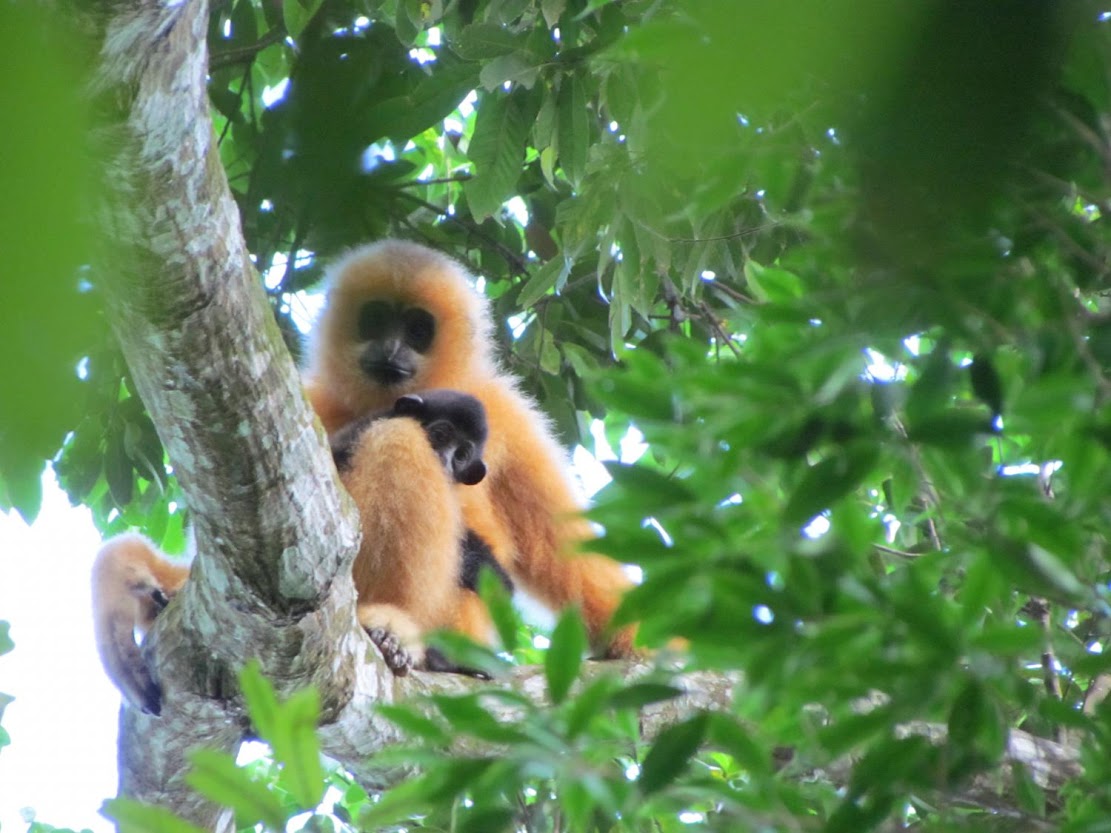The Great London:
Wildlife
Natural Heritage: Scientists call for new conservation strategies

Natural Heritage: Sampling species' DNA trails is leading to better environmental monitoring

Oceans: Chemicals threaten Europe's killer whales with extinction

Natural Heritage: More infectious diseases emerging because of climate change

Human Evolution: Monkeys are seen making stone flakes so humans are 'not unique' after all

Natural Heritage: Epoch-defining study pinpoints when humans came to dominate planet Earth
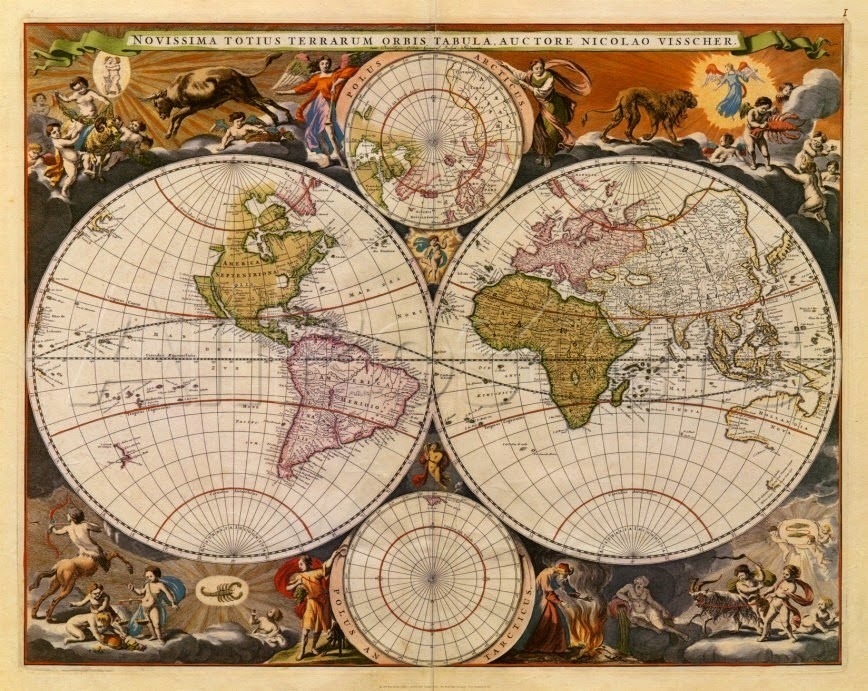
Natural Heritage: First global analysis indicates leopards have lost nearly 75 percent of their historic range

Uganda: Conservationists 'on the fence' about barriers to protect wildlife in drylands

Natural Heritage: Global wildlife populations decline by 58 percent

Natural Heritage: Sprinting towards extinction? Cheetah numbers crash globally
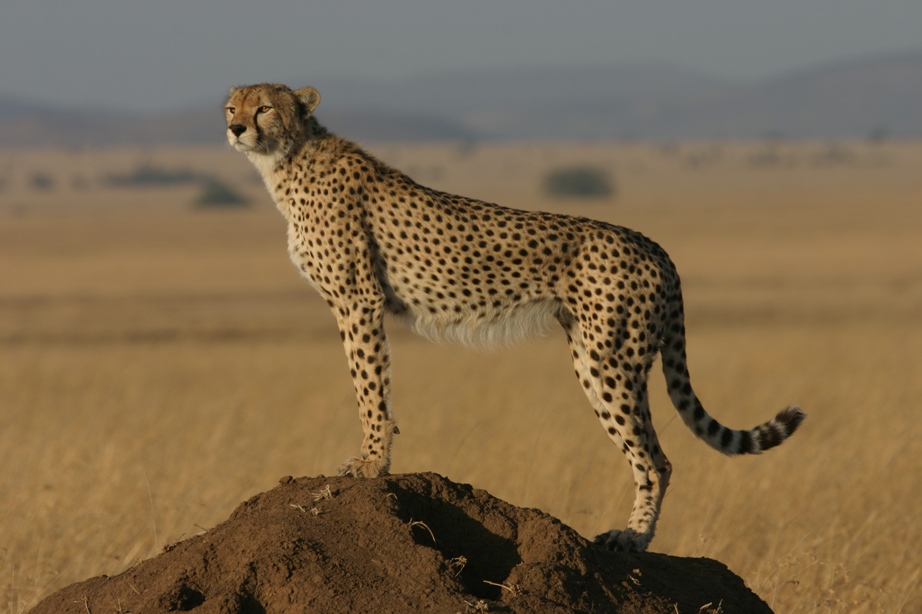
Oceans: Rising carbon dioxide levels stunt sea shell growth
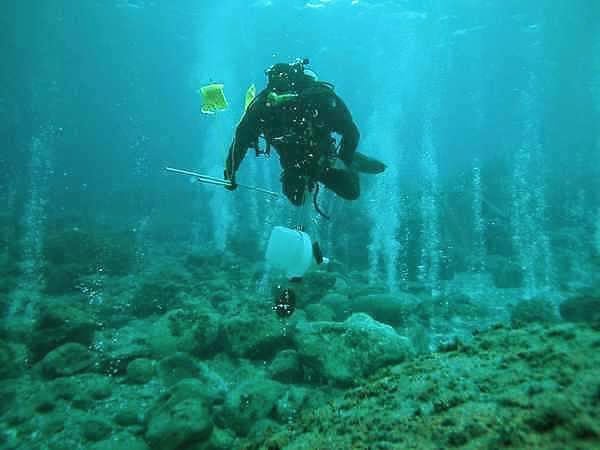
Genetics: A 100-million-year partnership on the brink of extinction

Natural Heritage: Bitter chocolate: Illegal cocoa farms threaten Ivory Coast primates

Oceans: Major shortfalls identified in marine conservation

Oceans: First evidence of deep-sea animals ingesting microplastics
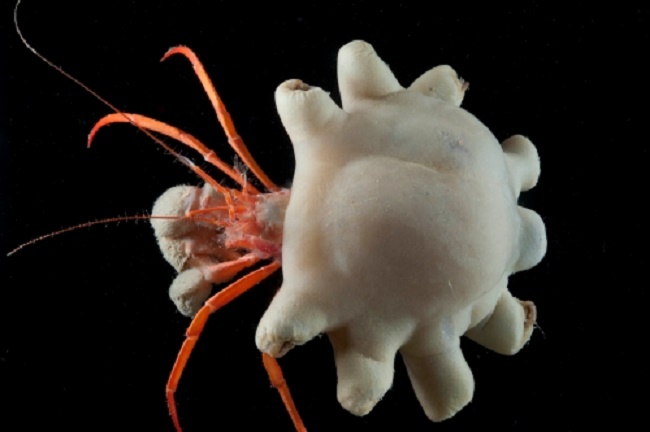
UK: More than one in ten UK species threatened with extinction

Natural Heritage: Fate of turtles, tortoises affected more by habitat than temperature

Rainforests: Logged rainforests can be an 'ark' for mammals, extensive study shows

Natural Heritage: Discovery of young family gives hope to world's rarest ape

Natural Heritage: Ancient Chinese archives track decline of rare apes
